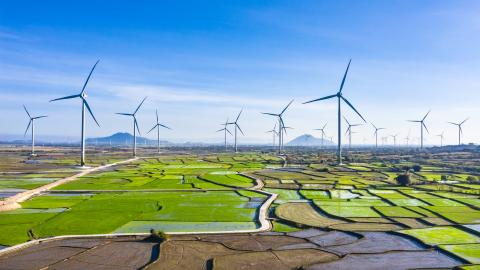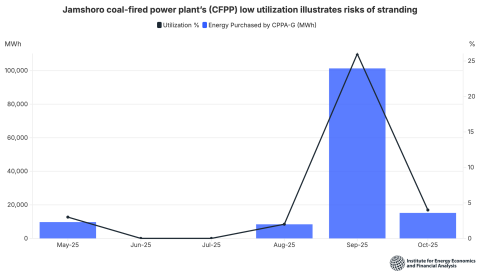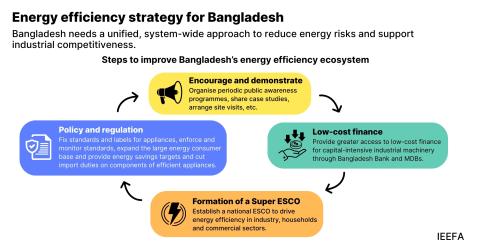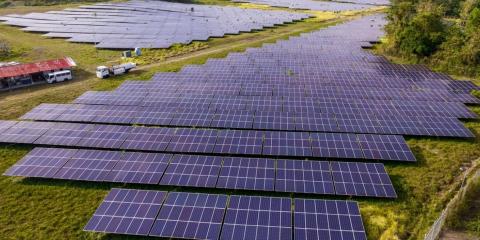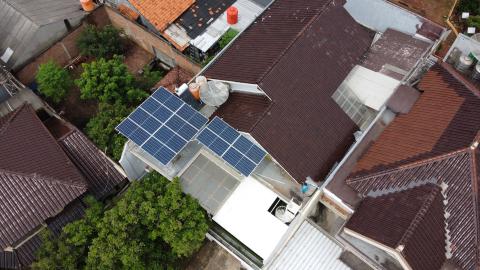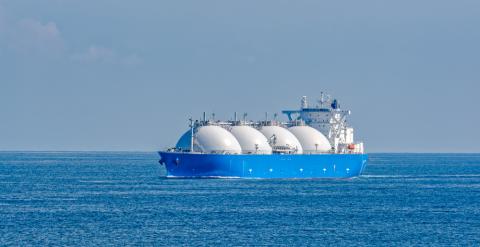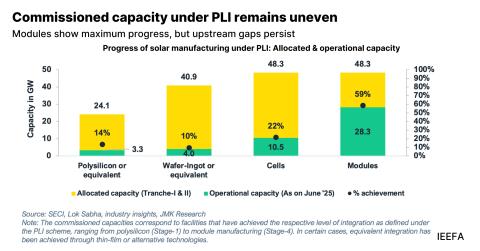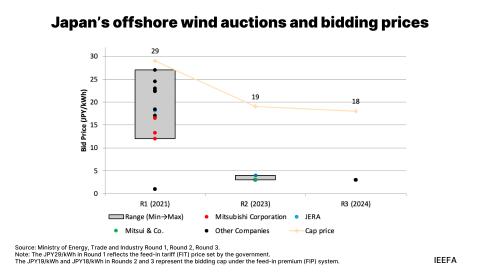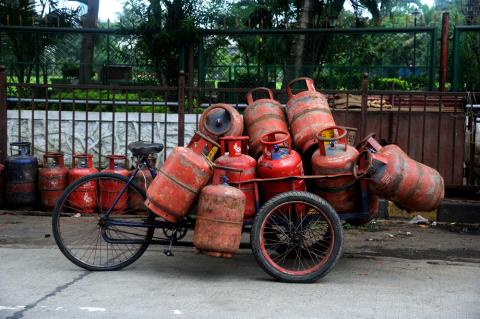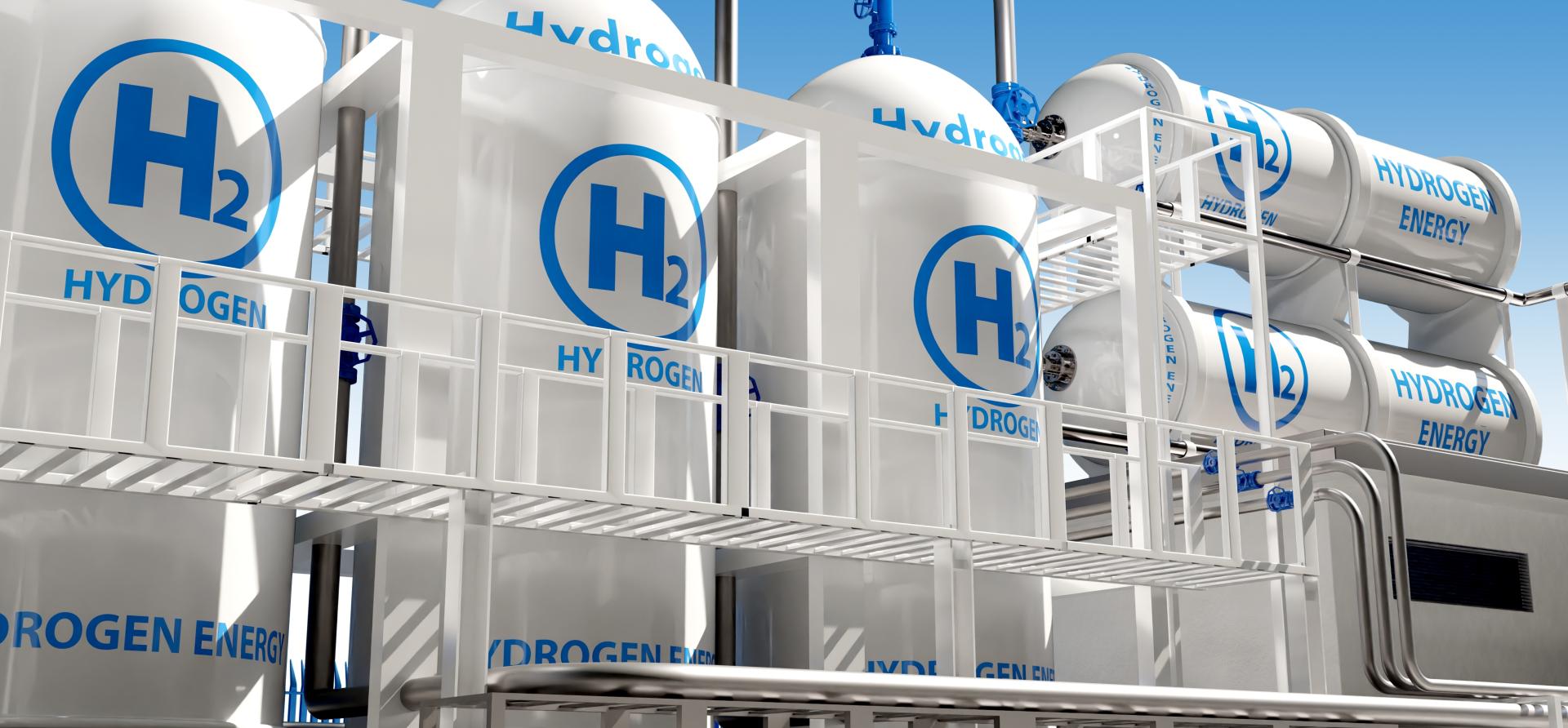
Key Findings
As of August 2025, India had 158 green hydrogen projects at various stages of development. However, 94% of the planned capacity is yet to move beyond the announcement stage, and only 2.8% is operational, highlighting the slow pace of project commissioning.
The primary barriers include a lack of committed buyers (i.e., unclear demand signals), high production costs, varying definitions of green hydrogen, and inadequate infrastructure—particularly for storage, transportation, and shared facilities.
According to industry estimates, by 2030, total hydrogen demand in India could reach 15–20 million metric tonnes per annum (MMTPA), with green hydrogen accounting for 25–33%, provided supportive policies drive new sectoral applications in steel, transportation, chemicals, and exports.
Setting a globally accepted emissions accounting framework, introducing hydrogen purchase obligations, utilising demand aggregation, and developing hydrogen hubs with shared infrastructure are crucial to scaling up demand and accelerating project commissioning.
The adoption of the National Green Hydrogen Mission (NHGM) in January 2023 has catalysed India’s green hydrogen industry. Backed by a budgeted outlay of INR197 billion (USD2.2 billion), the mission aims to produce five million metric tonnes per annum (MMTPA) of green hydrogen by 2030.
As a clean, sustainable, versatile fuel and a chemical feedstock, green hydrogen has the potential to decarbonise hard-to-abate industries and drive new sustainable applications in sectors such as fertiliser manufacturing, shipping, and aviation.
As of August 2025, 158 green hydrogen projects were at various stages of development. Approximately 94% (~11.2MMTPA) of the total green hydrogen capacity has been announced, with other details yet to be finalised. Approximately 0.1% (9,770TPA) is under construction, and 2.8% (0.3 MMTPA) was operational as of August 2025.
Although the announced capacity is nearly 2.4 times the government’s target —reflecting strong investor interest in India’s green hydrogen story — there are concerns about how much of this capacity will materialise, given the challenges surrounding its adoption and uptake.
While green hydrogen is a promising fuel for decarbonising several sectors, the industry is facing headwinds in several countries due to high production costs and demand uncertainty. Evolving definitions of what constitutes green or low-emission hydrogen across countries is also affecting the development of green hydrogen as a globally tradeable commodity.
Green hydrogen’s ability to serve as a versatile fuel and a facilitator of decarbonisation in hard-to-abate sectors also depends on the development of infrastructure, including electricity transmission and distribution grids, electrolysers, storage tanks, and pipelines. In India, it is easier to transmit electricity rather than hydrogen, given that the country already has a well-spread-out transmission and distribution grid.
The demand for green hydrogen and its derivatives is expected to come from three sources: replacing existing grey hydrogen uses, new applications in hard-to-abate sectors, and exports. According to government estimates, replacing the full grey hydrogen current demand in oil refining and the manufacturing of fertilisers could result in a demand of 5MMTPA.
According to industry estimates, India’s total hydrogen demand could reach 15–20 million metric tonnes per annum (MMTPA) by 2030. With the government targeting 5MMTPA of green hydrogen production, approximately 25–33% of this demand could be met through green hydrogen. Moreover, industry projections suggest that green hydrogen demand could be increased further — reaching 4.08–6.57MMTPA — if supported by robust policy frameworks that unlock new applications across steel, transportation, chemicals, and export markets.
Developing a globally accepted emissions accounting framework can help unlock international hydrogen trade. The International Energy Agency’s proposed ‘hydrogen product passport’ with emissions intensity data could support interoperability and transparency.
Domestically, hydrogen purchase obligations could create sustained demand by requiring industries to source a portion of their energy from green hydrogen. Developing hydrogen hubs can further accelerate deployment by co-locating production, storage, and end-use, cutting costs and enabling shared infrastructure.
While policy nudges and high-level decarbonisation goals will likely drive the demand for green hydrogen, sustained demand generation in the long term will require global collaboration and concrete steps towards the domestic adoption of green hydrogen.




